
In a world where information spreads faster than ever, your brand's online reputation can be your biggest asset or your biggest risk. One glowing review can skyrocket credibility. One viral complaint? It can shake customer trust overnight.
Here’s the reality:

Whether you're leading a startup or a global brand, your online presence isn't optional; it's foundational. It's what potential customers, partners, and even future employees use to judge your credibility, sometimes in seconds.
But online reputation isn’t something you leave to chance. With the right strategy, you can turn passive followers into loyal advocates, respond to criticism with grace, and build a digital presence that earns trust, respect, and long-term success.
And if your brand has taken a hit? The right reputation repair tactics can help you rebuild what matters most: credibility.
So how do you take control of your brand’s narrative and create a reputation that works for you, not against you?
Let’s dive into the key steps that will help you craft a powerful, proactive Online Reputation Management (ORM) strategy that stands the test of time.
Online Reputation Management (ORM) is the practice of monitoring, influencing, and improving how your brand appears across digital channels—search engines, social media, review sites, and more. It involves addressing negative content, promoting positive feedback, and ensuring your business is consistently represented in a credible, trustworthy light. ORM helps shape public perception, builds brand authority, and ultimately influences decisions made by potential customers, partners, or employees.
We live in a world where one bad review can do more damage than a bad product. Whether you're a startup or a seasoned enterprise, customers, partners, and even job seekers form opinions based on what they see in search results, reviews, and social media.
Online Reputation Management (ORM) is not a one-time task. It’s a strategic, ongoing effort to shape and protect that perception. A strong ORM strategy builds trust, improves search visibility, boosts customer retention, and attracts top talent. It also helps you address criticism gracefully and maintain a consistent brand voice everywhere. In the online world, perception is reality, and ORM puts you in control.
Here's why online reputation is essential:

Consumers trust peer opinions over brand messages. Positive reviews and a strong online presence build credibility. For example, Amazon relies heavily on customer reviews to influence buying decisions. A solid online reputation fosters trust, making effective online reputation management crucial for brands.
Businesses with good reputations often rank higher in search engines like Google, which values quality content and trust indicators such as positive reviews. This boosts both brand visibility and SEO ranking. For instance, when searching for 'top marketing agencies in New York,' users may find websites with numerous positive reviews and a strong online reputation. In contrast, companies tainted by complaints struggle to be noticed, overshadowed by brands with better feedback.
Establishing an online reputation isn't merely about gaining customers; it's also about retaining them. Those with a positive online reputation have improved customer retention. Why? Customers are drawn to brands that are open, dependable, and responsive to their requirements. Zappos, a classic case, is renowned for its customer service. This has resulted in loyal customers patronizing them, even when rivals are just a click away.
An online reputation does not just help attract customers. It also affects the company's ability to recruit talent. LinkedIn says that 75% of job seekers research a company's reputation before they apply. A company that is not well-known for the good treatment of its workers or has a reputation for bad reviews from past employees may likely spoil potential hires. On the brighter side, good companies with good reputations have created a lovely environment that makes them stand out with a pull for top talents, like Google or Microsoft.
ORM tools help you track and respond to negative reviews, social media comments, or blog mentions in real time. By acknowledging feedback calmly and offering resolutions, you not only defuse issues but also demonstrate transparency and accountability, traits that build long-term trust with your audience.
A strong ORM strategy ensures that your brand’s voice, visuals, and values are aligned across your website, social media, directories, and third-party platforms. This consistency builds brand recognition, reinforces trust, and prevents confusion, whether someone sees you on Google, LinkedIn, or Yelp.
A brand's status in the online vicinity can either make or break its success. Different strategies, such as establishing credibility, dealing with negative reviews, or simply enhancing visibility, could tilt the scales in favor of or against how people perceive you. Here are several practical and actionable ideas to protect and promote your online image with minimum effort.
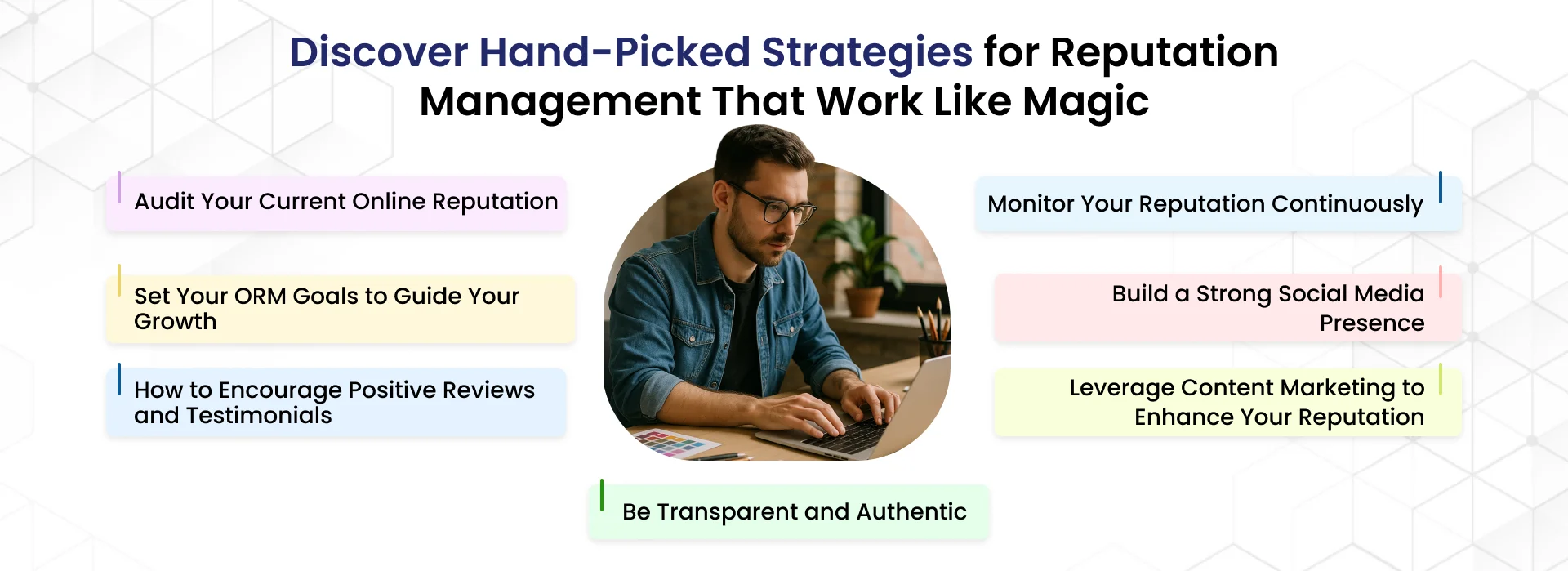
Before you begin working on improving your online reputation, it's vitally important that you know your current status. After all, you can't manage what you don't measure. An audit of your current reputation gives you a good understanding of what is working, what needs attention, and where there are opportunities for improvement.
Let’s break down what an online reputation audit involves:
The first and most obvious step is to aggregate all the reviews regarding your brand. This includes platforms like Google, Yelp, Trustpilot, and industry-specific review sites.
For instance, if you are in the hospitality business, reviews from TripAdvisor or Booking.com are critical. Reviews give a direct insight into customer satisfaction and dissatisfaction. More than logging the numbers on the positive or negative side, it is essential to analyze the most recurring themes. Are customers praising your customer service? Are they unhappy with delivery time?

Fish out the trends and be able to harness this information to refine your particular strategy moving forward. Businesses must actively manage their online reputation across these platforms to address customer concerns and improve brand perception.
A proper reputation audit also signifies Googling your brand. Enter the name of your company, products, or service. What is on the first page? Is the content mainly positive, or are there some negative reviews or outdated blogs on the page?

If your brand is associated with negative news or outdated content, it could damage your reputation terribly. For example, if a previous data breach had a company's reputation overturned and that was still lovingly written about by most editors, new customers probably would hesitate to trust it.
Because social media is often the most accessible option for people to contact a brand or share their opinions, ensuring all social profiles align with the brand image is fundamental. The CEO and directors should periodically check their social media presence on Facebook, Twitter, and Instagram. Are the posts in line with the company's values and voice? Are any questions from customers being answered quickly?
Even negative comments or complaints must be handled professionally and promptly. Inconsistencies across these platforms confuse potential customers or even smear the brand image. Here’s an example of how Patreon Support did it:

Also, take a quick look at your competitors; are they performing better on these platforms?
Many times, competitors are overlooked during a reputation audit. What are customers saying about them online? How are they getting better reviews and dealing with negativity? An example of how NOT to handle negative comments on social media would be Kellogg's handling of their controversy (by never responding).

On the other hand, their direct competitor, Quaker Oats, addressed the recent controversy brewing over its “Aunt Jemima” branding by choosing never to use it again—a lesson that Kellogg’s could’ve acknowledged to manage its online reputation.

Understanding how your competitors are perceived and how they do their PR can help you mind-map how best to build a better line for your online reputation management strategy.
By auditing your reputation across these different areas, you’ll be able to identify weak points, capitalize on strengths, and start building a roadmap for your online reputation management efforts. The key takeaway is that the more data you gather and correctly analyze sentiments, the better your decisions will progress.
Creating a reputation management strategy without clear goals is like navigating a new city without a map. You might make progress, but you’ll likely take a few wrong turns along the way. Setting clear, measurable goals is essential to ensure the strategy is effective and focused. So, what should be the key objectives for a solid online reputation management strategy? Let’s break it down:
Many businesses aim to improve their ratings on review sites such as Google, Yelp, and Trustpilot. Lately, if a brand has a low average star rating, it is wise to set an ambition to improve this sliding score. For example, if your company has an average rating of 3 stars, a target of going up to 4 stars within the coming few months should be set. Delta Airlines did that precisely and witnessed its customer satisfaction rates fly high after a brief plunge.
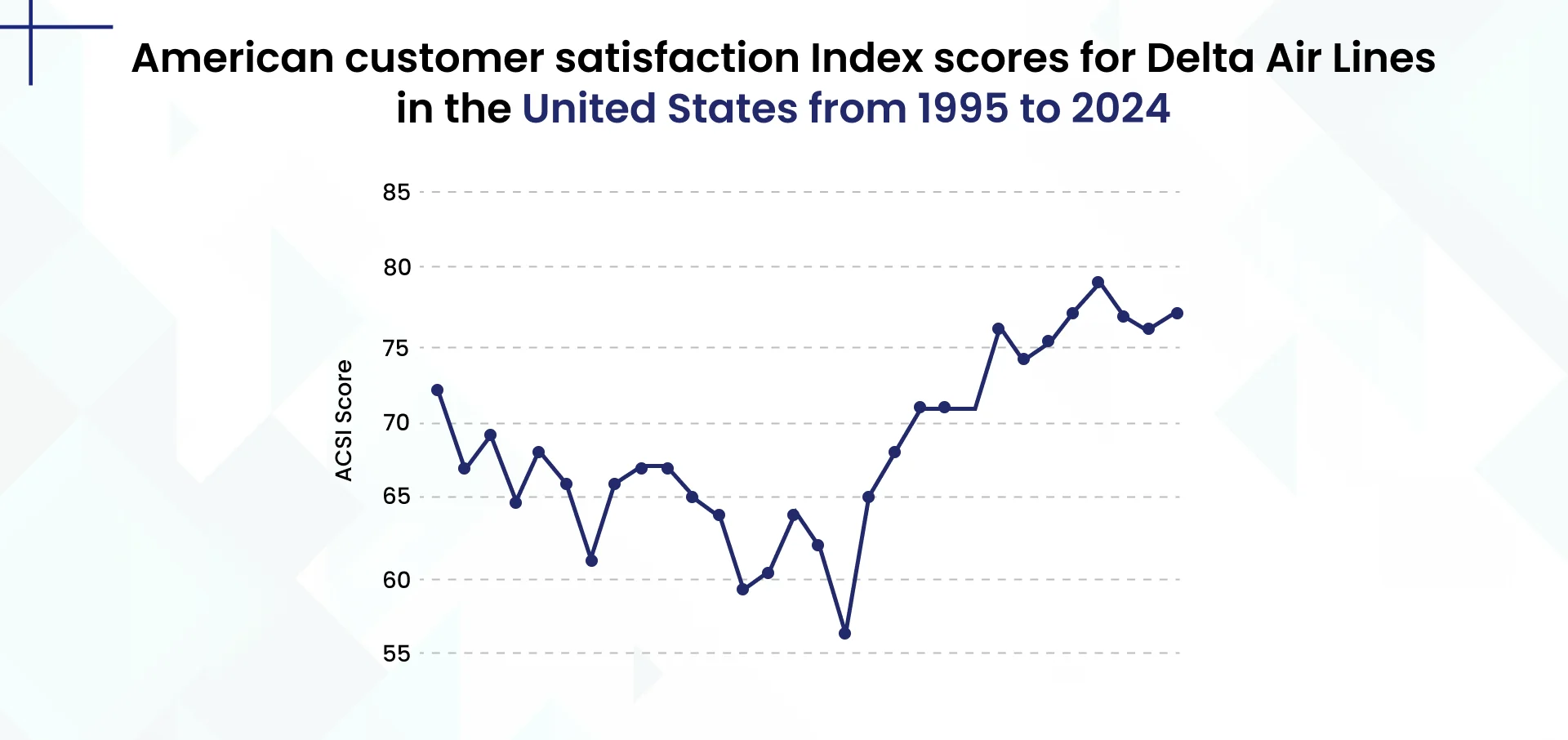
Make it a point to encourage satisfied customers to provide reviews. Address complaints amicably and solution-orientedly. Demonstrate improvements based on what you have learned from the reviews. To build credibility and trust, businesses must actively manage their online reputation by responding to feedback and continuously improving. Higher ratings increase trust in the brand and also engage more customers.
Another decisive goal is increasing positive mentions across social media, blogs, and news outlets. This goal is about building brand visibility by solidifying reputation. Monitoring social media channels and blogging for brand mentions are chief ways of measuring this goal.
For example, Starbucks is uniform in sending out positive mentions of itself online and attracting user-generated demand (customers with pictures of themselves after a dose of cappuccino) to life for its narrative to boost its reputation.

You may encourage customers to share their experiences online or send a little applause for even greater visibility toward those who represent the same values as your brand.
No brand is exempt from the inevitability of negative reviews, complaints, or even bad press. However, some plans must be implemented to fix the online reputation and address any injury.
Work to resolve or remove negative reviews or outdated content that does not shine favorably upon your brand. These actions should be taken calmly and professionally, and if appropriate, the resolution should be offline.
A company that responds to negative reviews promptly while resolving an added customer issue proves to be reliable and committed to its customers. For example, KFC responded to its chicken shortage issue in 2018. A lesson delivered in grievance resolution via social media through one of the finest multinational restaurant chains.

A strong online reputation management strategy ensures that businesses manage their reputation online effectively and maintain a positive brand image.
By setting clear, measurable goals like better ratings, positive mentions, or damage repair, a company can get a structured direction to work toward and see its progress over time. On this basis, the online reputation management strategy can stay on target and continuously deliver meaningful outcomes. To effectively manage their reputation online, businesses must set these goals to track improvements and maintain a positive digital presence. Without these goals, it is very easy for the ORM strategies to get lost in online conversations, losing sight of the essential aspects.
One of the most powerful ways to build and maintain a strong online reputation is through positive reviews and testimonials from satisfied customers. These invaluable social proofs can influence potential buyers, boost trust, and drive engagement. So, how can a company effectively encourage and manage these reviews? Here are some key strategies:
It is easy, yet often neglected: ask satisfied customers to write a review. The aim is to simplify the task as much as possible. Do not hope that customers will take the initiative; be proactive. Send them an email or a text message after their purchase with a direct link to the review platform, such as Google, Trustpilot, or Yelp. Research shows that customers are more likely to leave a review if directly asked.

Just a simple reminder can work wonders. After a purchase or positive interaction, you may send an email with a line like, "We hope you're enjoying your new product! We would love to hear your experience if you have a moment." The difference may not seem much to you, but you will eventually notice how much this enables more positive reviews. Encouraging satisfied customers to leave reviews is a powerful way to fix online reputation, helping businesses rebuild trust and balance negative feedback with authentic positive experiences.

Don't rely solely on anonymous reviews; instead, reach out to loyal, happy customers and ask if they would allow you to publish their testimonials. A testimonial is an excellent way to show customer satisfaction in a personable manner and a more compelling fashion. For instance, if a customer praised your service on social media, consider asking if you could share their quote on your website or in other promotional materials. If they agree, you can use popular review-embedding tools like EmbedSocial to display their social media appreciation for your brand:

Doing so would serve as social proof and cement the bond between the customer and your business. Many businesses highlight their testimonials on their websites, as they act as truly heartfelt endorsements to draw in new prospects.
As reviews pour in, it is imperative to set up an efficient system to track and manage them properly. An all-encompassing review management system can come in handy by allowing you to monitor reviews from different platforms, ensuring no piece of feedback goes unnoticed. More importantly, it enables you to follow up with customers in case of an issue arising from negative reviews. Some popular examples include Hootsuite, Zoho Social, and others.
To effectively manage their reputation online, businesses should actively track and respond to feedback, demonstrating their commitment to customer satisfaction. Replying to positive or negative feedback indicates that you value your customers' input and care about addressing their issues. Feeling overwhelmed? Don’t worry, tools like SproutSocial can help ease your burdens!
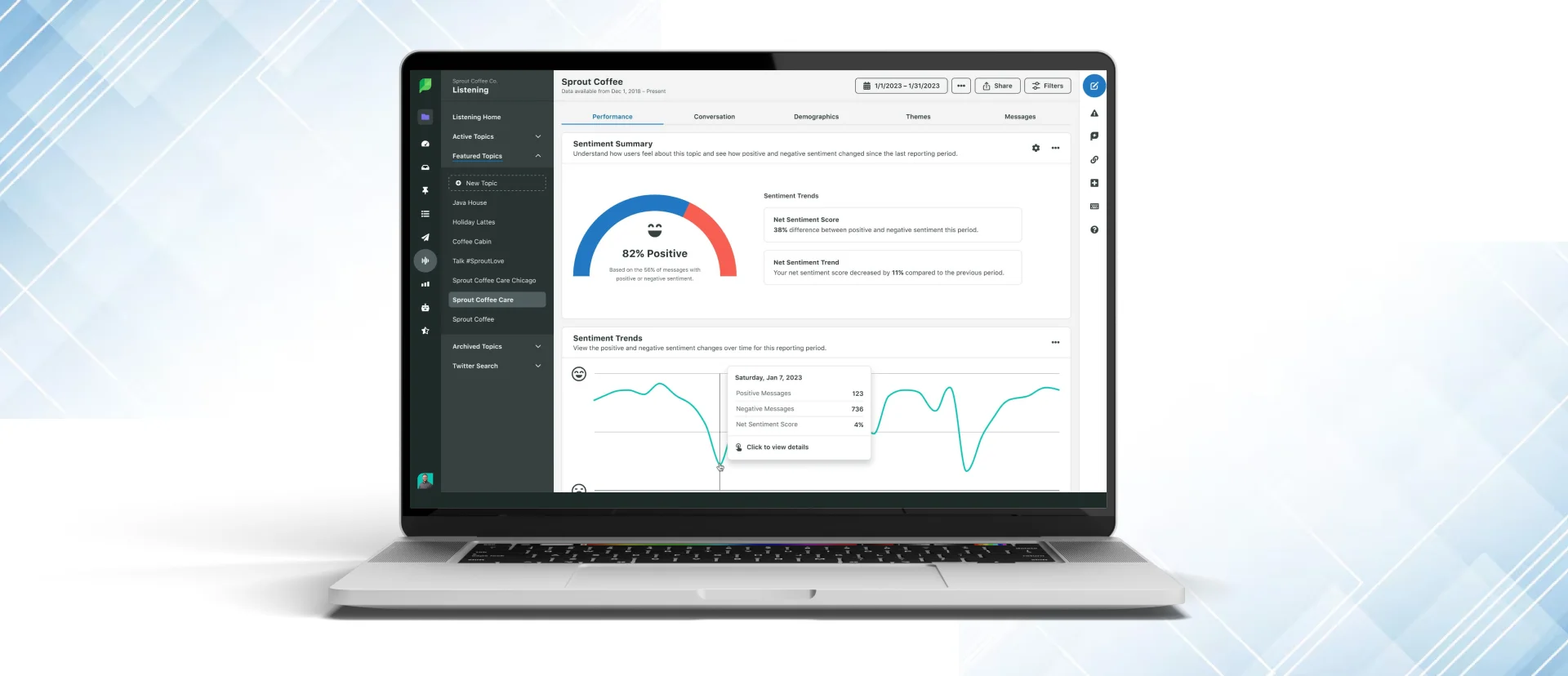
Moreover, Google My Business, Reputation.com, or a simple spreadsheet can help you track reviews efficiently. Monitoring the reviews more frequently means no client complaint goes unaddressed or the praise goes unnoticed, helping businesses fix their online reputation and maintain a strong digital presence.
Be sure to respond to the review positively or negatively. With positive reviews, thank the customer for the feedback while expressing appreciation for their support. This will tell potential buyers that your brand has a pulse and values its community. With negative reviews, always keep it professional, acknowledge and apologize for the problem, and offer a solution if possible.
A well-handled negative review can often take the dissatisfied customer and convert him into a loyal advocate. Take the example of companies like Netflix or Delta Airlines, two brands well known for being good at managing complaints and even sometimes offering compensation if someone is having a bad time. That kind of responsive behavior can change a possible PR crisis into a showcasing moment for your brand's commitment to customer satisfaction. Here’s an example for your reference:

In conclusion, positive reviews and testimonials are prerequisites for establishing a strong online reputation. By actively asking for reviews, using testimonials, implementing a strong review management system, and replying to feedback, a brand can manage its online reputation effectively, ensuring it remains robust, positive, and steady. And so the circle goes; more positive reviews will culminate in more trust, allowing for more customers and even more positive reviews.
Online reputation management (ORM) isn’t a one-time task; it’s an ongoing process. Brands that thrive in today’s digital world constantly monitor their reputation to ensure they respond to customer feedback, address concerns, and promote positive content. Continuous monitoring is key to avoiding potential issues and adjusting as needed. Here's how to keep track:
The first step in monitoring your brand’s online presence is to set up reputation monitoring tools. Platforms like Google Alerts, Mention, or Social Mention can send notifications whenever your brand is mentioned online, whether on news sites, blogs, forums, or social media. If you choose SocialMention, this is what you might expect:
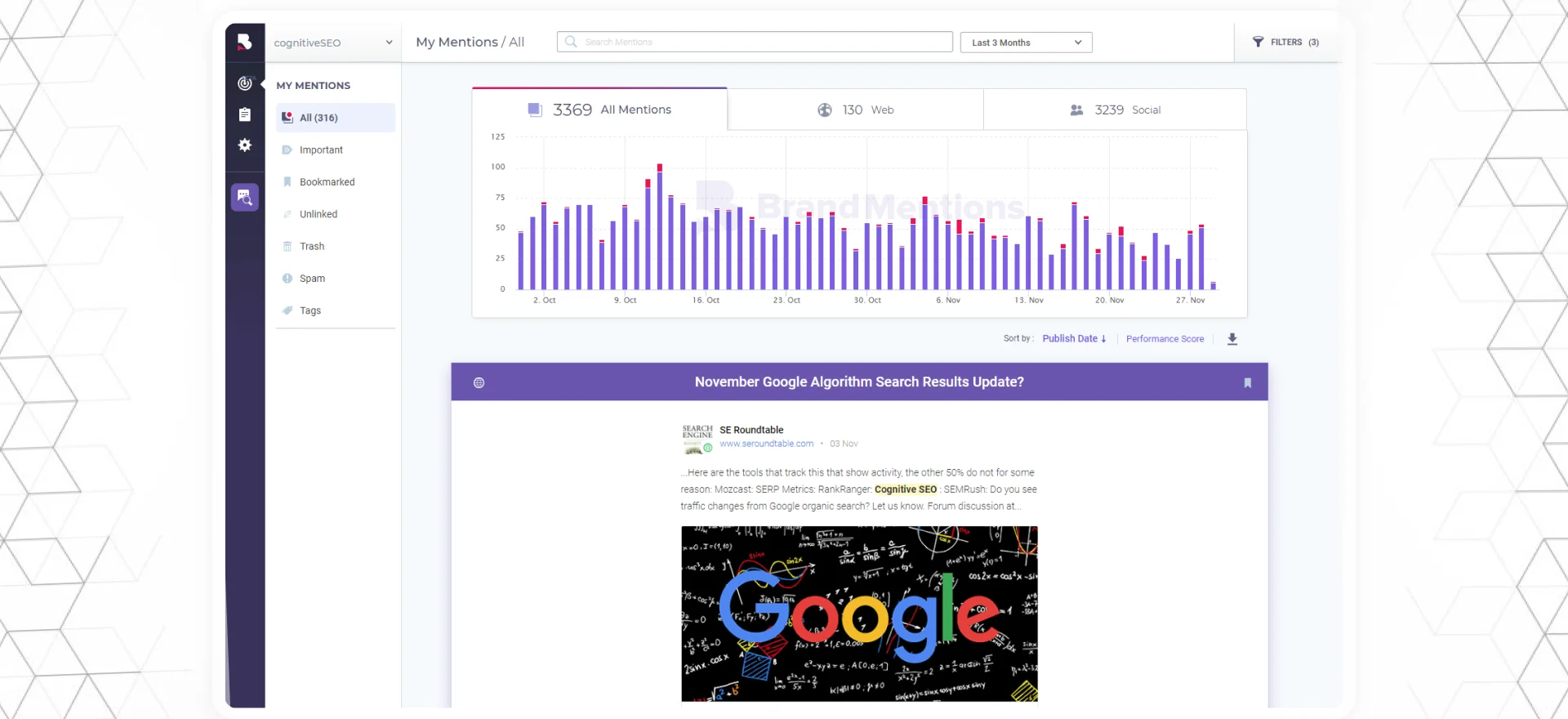
These tools make it easy to stay informed about what people are saying about your brand in real time. For example, if a customer posts a complaint or a negative article about your company appears, you'll be notified immediately. This allows you to act swiftly and prevent minor issues from escalating into more significant problems.
Social media is where most online conversations happen. Tools like Hootsuite and Sprout Social offer social listening features to stay on top of what's being said. These platforms help you track brand mentions across social media channels and gauge the overall positive, neutral, or negative sentiment.
Social listening also helps you identify trends in customer behavior and catch potential PR issues before they explode. For instance, if a dissatisfied customer posts negative comments on Twitter, social listening can help you spot them early and respond quickly, preventing them from gaining traction and spreading.
Negative mentions can quickly snowball into more considerable reputational risks if not handled appropriately. That’s why setting alerts specifically for harmful content is crucial. Tools like Reputation.com and Brand24 allow you to monitor for negative reviews or comments and can send you an alert whenever your brand is associated with unfavorable sentiments.

This allows you to address issues before they escalate. A great example is how brands like Nike or Apple manage their online reputation. If a negative tweet or review starts to go viral, they respond quickly to address the concern and prevent it from damaging their reputation further. By being proactive, they maintain a positive image in the eyes of their customers.
Social media is a powerful influence on creating and developing your online reputation. However, creating the perfect social media presence is not just about posting; it is about audience engagement, demonstrating brand values, and carefully devoting attention to positive and negative feedback.
Manage your online reputation effectively using social media to humanize your brand, build trust, and create real customer connections. Branding through social media humanizes it, winning trust and enabling real connection with the customer. It's a good opportunity that opens natural engagement with its audience; the values behind the brand are demonstrated and shared through customer stories that instill trust. A strong social media presence would probably become one of the most significant distinctions by giving an entire presence to your brand, authenticity, transparency, and customer focus. Here is a look at how you can use it effectively.

Consistency on social media is essential. Regular postings help your audience see you as an active and relevant brand. Share content that highlights your products and reflects your values, such as sustainability practices. Additionally, showcasing customer success stories reinforces your brand's relevance.
An example here would be Dove, a brand that cleverly uses its online channel to celebrate the world of authentic beauty and diversity through content that speaks to its audience and adds credibility to its name.
Conversation is the most critical aspect of social media. Posting content without engaging with an audience is not an option. One must engage in meaningful conversations, respond to comments, and thank customers for all their feedback. When customers know their voices are heard, they can feel more closely connected with the brand they support. A simple "thank you" or a kind gesture in response to whatever comment someone may put out there can go far to show just how appreciative a brand can be to its consumers. Just think of Wendy's and how they built that following with their humorous tweets; all authentic engagement with the customer has gained their respect.
One cannot help but have nasty posts on social media. Therefore, the trick would be to manage online reputations tactfully and serenely without being involved in public disputes. A quick response in the direction of empathy and a resolution should be provided to a complaint-raising customer. For instance, if a product is defective, one should apologize, further inquire, provide a remedy, refund, exchange, or pursue the issue privately to find an amicable solution. It is prudent to avoid public defensiveness or arguing because things may tip over into increased heat, which could affect the brand image negatively. Starbucks and Nike are among the great brands whose responses to negative comments display outstanding professionalism by addressing issues and tone while demonstrating that they take customer satisfaction seriously.
Content marketing is one of the most effective long-term strategies for building and enhancing your online reputation. High-quality content doesn’t just inform or entertain; it positions your brand as a trusted authority in your industry, helps foster deeper relationships with customers, and can even push down negative search results. Here’s how to use content marketing to improve your brand’s reputation:

Starting a blog is a powerful way to enhance your online reputation through content marketing. By publishing valuable content that addresses your customers’ pain points, like sustainability tips for eco-friendly products, you can position your brand as a knowledgeable leader. This builds trust over time, similar to how brands like HubSpot have gained strong reputations through their informative blogs that help audiences solve business challenges while showcasing expertise.
SEO (search engine optimization) is essential for reaching your target audience. By optimizing blog posts with relevant keywords, you can improve organic search rankings and make it easier for customers to find your products or services. SEO is also useful for pushing down negative content. By focusing on keywords related to your brand or industry, you can help ensure that positive content ranks higher in search results. Companies like Moz and Neil Patel effectively use SEO to enhance their online presence and authority.
Contributing guest posts to reputable websites is a great way to enhance your reputation and establish your brand as an expert. For example, a technology company might write for a prominent tech blog about industry trends, showcasing thought leadership. These posts not only drive traffic and improve SEO through backlinks but also elevate authority through PR efforts like press releases and media interviews. Companies like Airbnb and Shopify effectively use guest posts and media placements to boost visibility and reputation.
Authenticity is at the heart of a strong online reputation. Today’s consumers value honesty and transparency and quickly spot when a brand is disingenuous. To build and maintain trust, brands must be open about their processes, values, and mistakes. When a brand is authentic, it earns customer loyalty and strengthens its reputation sustainably. Here’s how to be transparent and authentic:

No brand is perfect, and mistakes are bound to happen. The key to maintaining trust during these times is to own up to the error, apologize sincerely, and outline your steps to make things right. Whether it’s a product flaw, a customer service mishap, or a public relations issue, taking responsibility shows that your brand is accountable and cares about doing the right thing. To effectively manage online reputation, brands must respond transparently and take corrective actions to regain customer trust.
A great example is how Johnson & Johnson handled the Tylenol crisis in the 1980s. When tampered bottles led to several deaths, the company responded swiftly, taking full responsibility, issuing a recall, and implementing new safety measures. Their transparency and genuine concern for customer safety helped restore their reputation and retain public trust.
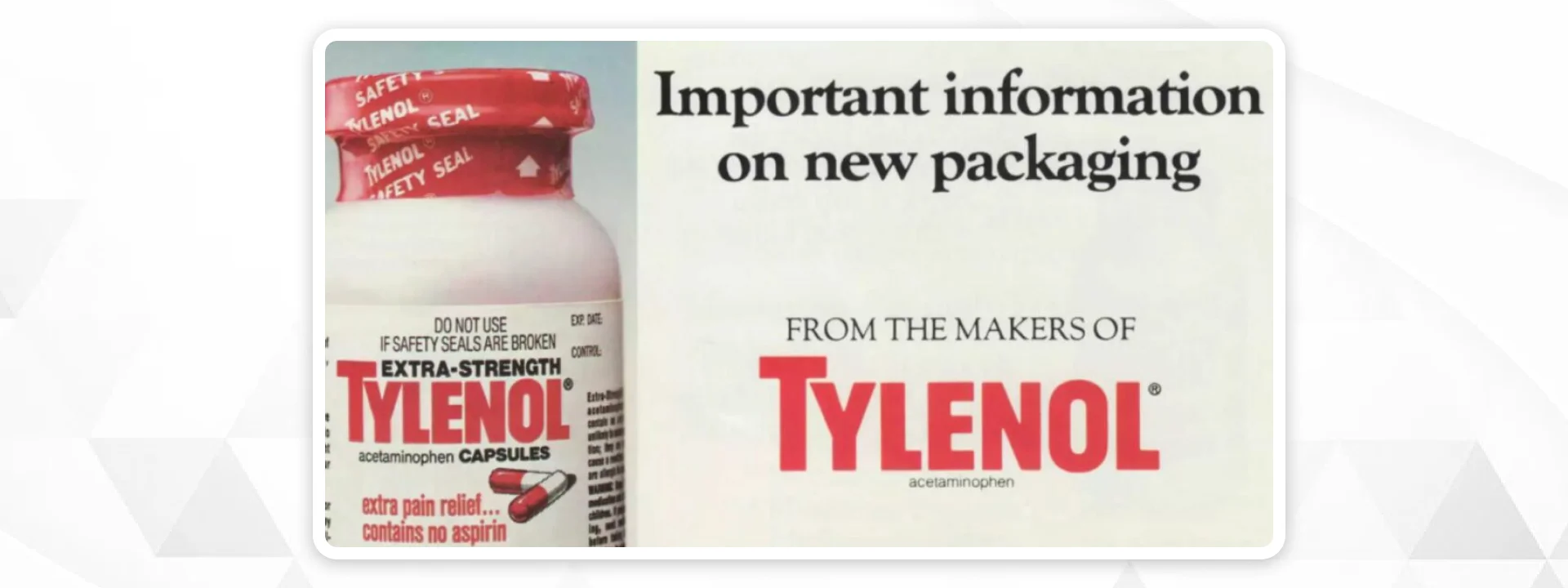
Customers value honesty. Overpromising or using gimmicks might bring short-term success but can harm your brand long term. Authentic communication builds trust, whether regarding product features, delivery times, or service expectations. If there's a shipping delay or low stock, being upfront is better than hiding the issue. Honest communication shows you value your customers and fosters long-term loyalty.
Brands like Patagonia are known for their authenticity; they’re open about their environmental impact and often take bold stances on social issues, which resonates deeply with their audience.
Transparency and authenticity are the only ways to establish a strong online reputation. When brands admit their mistakes and communicate honestly, they build customer trust. In the long run, this transparency leads to more robust relationships, loyalty, and a reputation that lasts for a lifetime. Brands that focus on authenticity create a deeper connection with their audience, not just about transactions but about shared values and mutual respect.
Your online reputation is an invaluable asset that requires ongoing nurturing and strategic attention. By implementing the proper ORM strategies, you're silencing criticism, shaping your brand's narrative, building consumer trust, and safeguarding your business from future damage. While spending money on reputation management can feel like a one-time investment, the long-term benefits for your brand's reputation and bottom line far exceed any upfront costs.
Small businesses, especially, are more vulnerable to online reputation issues. Without large companies' resources and technical expertise, they might be unable to handle and safeguard their online image effectively. The key to protecting your brand from the injurious effects of harmful content is to address problems before they happen and take action later.
Now is the time to act. Here at JanBask Digital Design, we specialize in assisting businesses like yours in creating and executing an extensive online reputation management plan. Whether you're starting or wanting to refine your current strategy, our experts are on hand to help you build a robust, dependable online presence that instills confidence and accelerates business success. Let's talk about how we can secure and advance your brand today!
Build a Stronger Brand Reputation Today!

P
Clear, concise, and insightful! The blog explained reputation management strategies step by step, and I loved the focus on building trust with customers.
C
This was one of the best resources I’ve read on online reputation. It reminded me that reputation isn’t just about reviews—it’s about consistent brand presence.